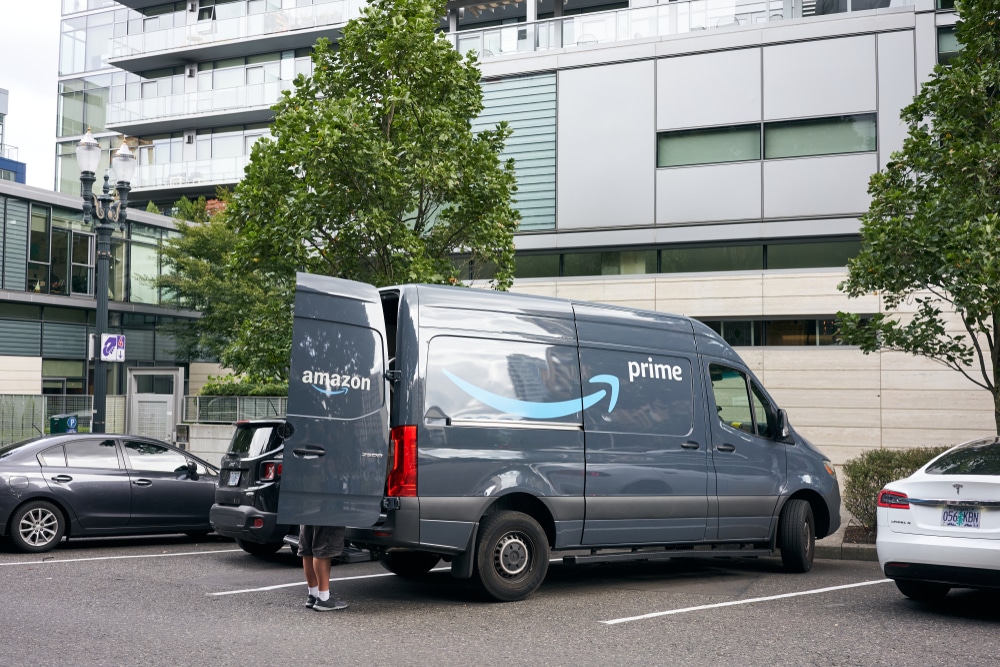Insight / Blog
Shorter delivery times drive up emissions

Newly released data from Amazon and UPS highlight the impact of shorter delivery times on carbon emissions, analysts say.
Amazon emitted 44 million metric tonnes equivalent of carbon dioxide last year, per its own reporting. This puts Amazon’s emissions at about the same level as the nation of Denmark. While the retail giant’s statement suggests that “the fastest delivery speeds generate the least carbon emissions because these products ship from fulfilment centres very close to the customer”, this is not necessarily accurate to understanding the real impact of increased delivery speed.
Certainly driving a shorter distance from a more local warehouse results in less emissions for that phase of the journey. However, building, heating, powering and staffing a network of local warehouses that enable shorter, faster delivery times will certainly have a knock-on effect in terms of emissions increases. Additionally, the total distance travelled by the product does not change at all, although it may be slightly more consolidated with other goods until a slightly later stage in the delivery chain.
That points to a factor which may really matter in terms of sustainability: consolidation. Bain & Company research suggests that by increasing average basket size and shipping these in a single delivery, retailers could cut their emissions on a per-item basis by 30%. This not insignificant gain pales in comparison to the consolidation benefits offered by alternative delivery locations like lockers and pickup counters (something Amazon is very aware of, if its huge expansion in PUDO locations is anything to go by). Logically, if simply shipping a whole order together can cut emissions by 30%, shipping hundreds of orders together to a single location for pickup will have a massive impact on emissions.
The sustainability of retail is coming under scrutiny from consumers more and more often, and as delivery methods start to be included in this focus it will be important for retailers and carriers to be able to offer effective and green means of delivery.
Topics:
Related articles
Return fees or free returns: why not both?
Debates between return fees or free returns miss the bigger picture: how to address the root issues of returns.
Important lessons from Leaders in Logistics 2024
Leaders in Logistics 24 dived into AI & automation, sustainability, changing ecommerce behaviours, emerging consumer expectations & predicted what the next decade had in store.
Postal results, reforms, and returns
Posts around the world are seeking reform, but how can they drive improved results in the short term?












